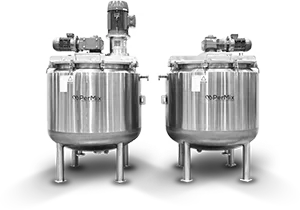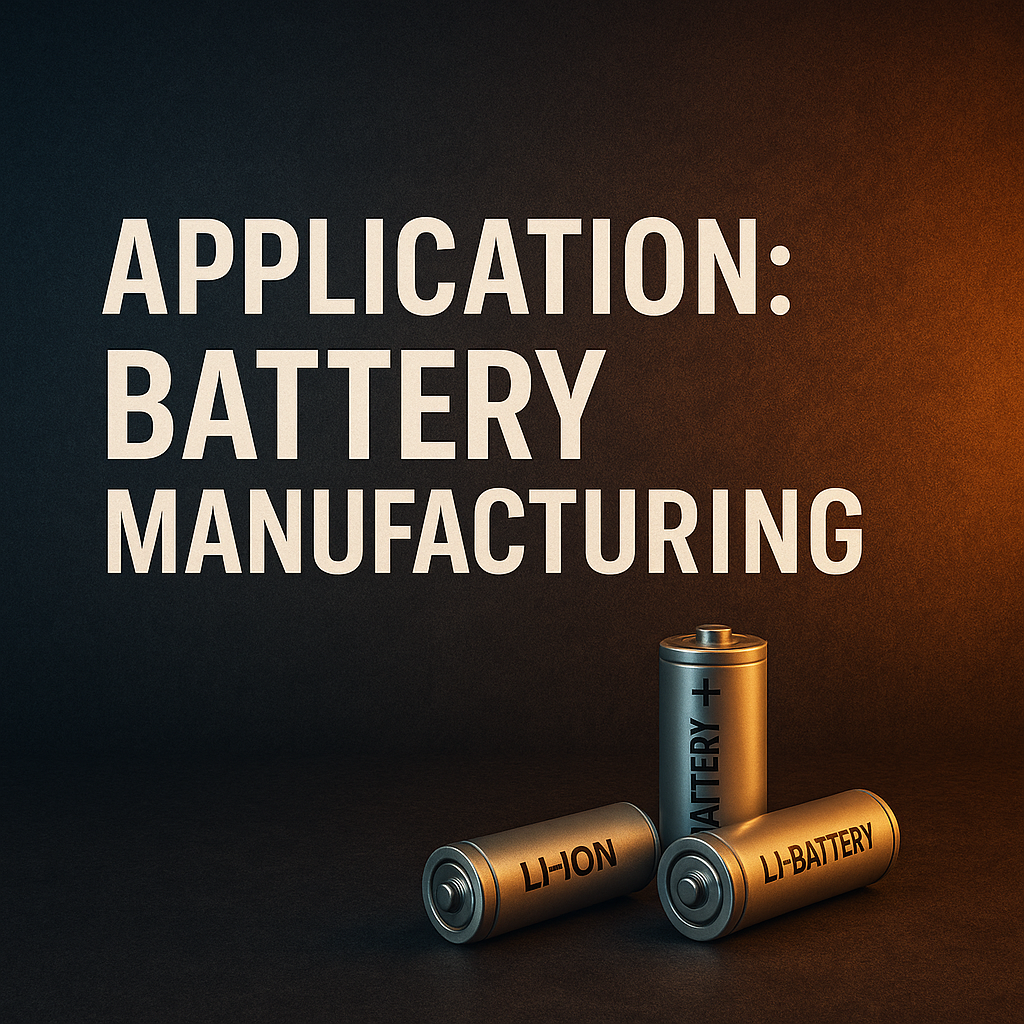Industrial Mixers UK
PerMix Applications



In the race to build faster, better, more energy-dense batteries, many companies focus their effort on chemistries, cell architecture, or novel anodes and cathodes. Too often, the humble step of mixing electrode slurries, dispersing powders, and integrating additives is an overlooked bottleneck.
Poor mixing leads to non-uniform particle dispersion, agglomerates, voids, and inconsistencies that propagate into coating defects, capacity fade, and reduced yield. In contrast, optimal mixing can improve throughput, reduce waste, and increase cell performance.
This is why PerMix is investing heavily in its “Applications: Battery” section — to show battery makers that mixing is not just a side job but a core process lever. We understand that in the UK and Europe, scaling gigafactories demands not just “a mixer” but mixing systems tailored for battery chemistries, scale, and quality.
Battery electrode slurries (for anodes or cathodes) have extremely demanding properties. Here are the chief pain points:
Mixing touches multiple steps throughout battery production:
No “one size fits all” solution exists — different mixers suit different chemistries, scales, and constraints.
| Mixer Type / Topology | Strengths | Weaknesses / Constraints | Use-case Notes |
|---|---|---|---|
| Planetary / Double Planetary | Excellent for viscous pastes; sweeping action avoids dead zones | Longer mixing times; sometimes less energy efficient | Common in electrode slurry labs or mid-scale production |
| Intensive Mixer (dual tool, vortex mixing) | Shorter mixing times; better dispersion; energy savings | More complex mechanical design; higher initial cost | Ideal for deagglomeration and uniformity at scale |
| High-Shear / Rotor-Stator Dispersers | Effective for fine dispersion and particle breakup | Can over-shear materials; generates heat | Used as supplementary dispersion stage |
| Twin-Screw / Continuous Mixing | Excellent consistency; continuous operation; faster residence times | Complex integration and scale-up challenges | Favoured for high-volume, continuous production lines |
| Batch Mixers | Flexible for various recipes; simple operation | Slower; potential batch-to-batch variability | Common for R&D or formulation work |
| Vacuum / Inert Atmosphere Mixers | Removes gas; prevents oxidation and voids | Requires robust seals and vacuum systems | Critical for high-purity and defect-free electrode pastes |
| Static / Inline Mixers | Continuous mixing with no moving parts | Limited to lower viscosity liquids | Suitable for liquid additive blending or electrolyte mixing |
Recent studies show that using intensive mixers can reduce a planetary mixer’s four-hour mixing time to about two hours, saving energy and improving dispersion. Continuous twin-screw systems, meanwhile, are emerging for gigafactory-scale production to ensure uniform quality and reproducibility.
A battery manufacturer increased throughput by 30% after adopting a PerMix dual-motion mixer. Mixing time was cut from 3.5 hours to 1.8 hours, with a 25% reduction in energy consumption and fewer coating defects.
PerMix mixing systems deliver measurable improvements:
When every second counts in production, efficiency and precision translate directly into competitive advantage.
Q: Why is my slurry thicker than expected after mixing?
A: Check powder addition sequence, solvent temperature, and wet-out time. Insufficient binder dispersion can cause excessive viscosity.
Q: Why do micro-voids appear in coatings?
A: Air entrapment during mixing—use vacuum mixing and staged degassing.
Q: Can I use the same mixer for anode and cathode materials?
A: Yes, if designed with CIP or quick-clean features and minimal dead zones.
Q: Batch or continuous?
A: Batch offers flexibility; continuous offers scalability and consistent throughput. PerMix designs for both, depending on your production goals.
PerMix provides end-to-end mixing solutions for the battery industry — from laboratory development to full-scale gigafactory systems. Our UK engineering and service team support every stage of integration, start-up, and optimisation.
We build mixers not just for performance, but for progress. When your process demands precision, PerMix delivers.

Our Battery Manufacturing Brochure